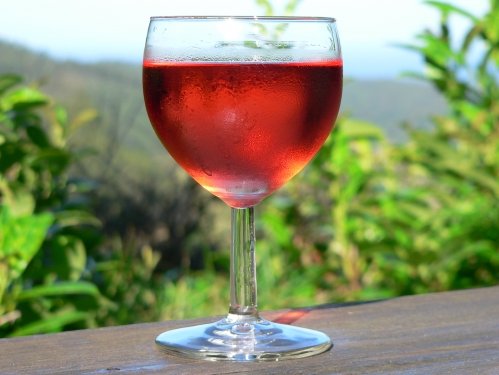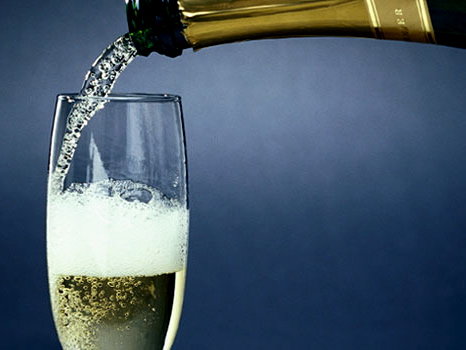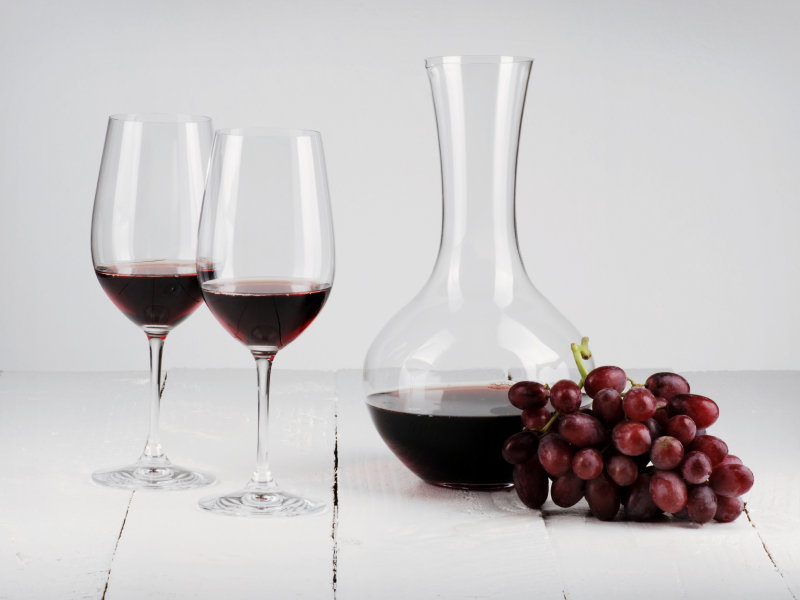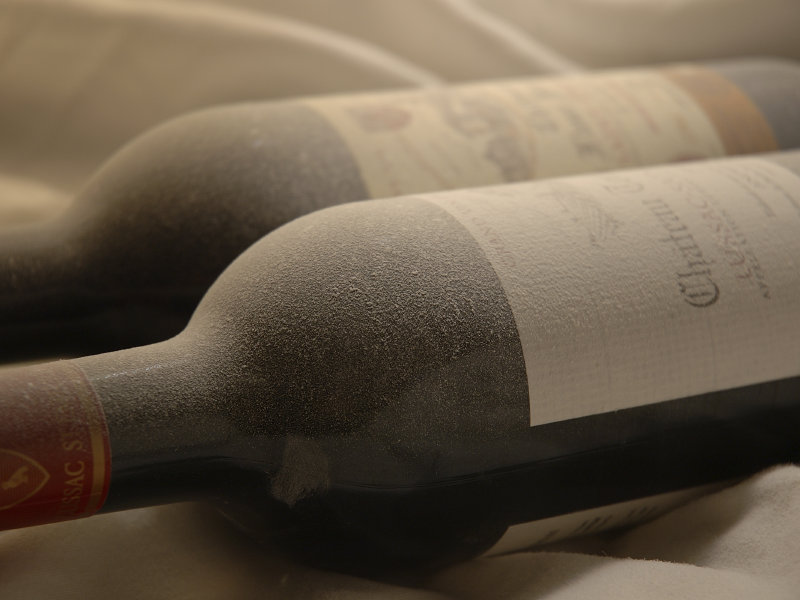Every year at about this time, ardent and passionate wine professionals shake their heads, lament and plot to see how they can make this year different than the last. The goal: see how many people they can convert to the wonders of Rosé wine.
For some reason, this town (both men AND women), like many other towns in the country, has yet to embrace the magic and versatility of Rosé. Whether thick and rich rose of Malbec or Shiraz, or classic and sublime rose of Rioja or Grenache, the wonders of the pink are endless.
Why is it that no one wants to imbibe this pretty little libation? Is it that the men think that pink automatically denotes the sickly sweet white zin on ice? (No offense to those who enjoy white zin -- see the introductory column if you don't believe me) Is it that red and white are hard enough to understand, now we throw in Rosé? What is it about the pink that makes it consistently under-purchased and under-consumed?
My goal for this column? Convince you the reader that this is the year to get excited about Rosé. The best of Rosés naturally possess the combined characteristics of red and white wine -- the body and fruit qualities of red, mixed with the acidity and vibrancy of whites. They have the capacity to thrill you in a dinner pairing, appease you after a long day at work and refresh you on a hot summer's day.
Rosé wines are made in two ways. The principal method is by allowing the must (pre-fermented grape juice) to be in contact with the skins for a small amount of time. This short "maceration" period allows the wine to pick up just a touch of color and a small amount of the character from the skins that a red wine might glean, while maintaining the light, bright acidity and vivacity of a white wine. This is accomplished usually through either removing the skins immediately or by letting the must run over the skins and out of the fermentation tank (called saignée -- which you will see on many Rosé labels).
The other, and less-common method of making pink wine is to ferment the white wine fully, and then add back a small amount of red wine after the wine is bottled. This method adds some color, but does next to nothing for character and quality. This method is utilized for less expensive wines like White Zinfandel and White Merlot.
Recently, I had an all Rosé tasting with a great Milwaukee wine personality, Jaime Boldt. Jamie works for local distributor General Beverage and provides restaurants and retailers with amazing wines from the GB portfolio. We tasted more than a dozen Rosés, some from General Beverage, the rest I picked up from two terrific retailers, Ray's Wine & Spirits, 8930 W. North Ave. in Wauwatosa and Thief Wine located in the Milwaukee Public Market Downtown -- both with fantastic Rosé selections.
The following are Rosés that I think you should really try this year. They represent amazing quality and character. The best part? With very few exceptions, Rosés are CHEAP. Most can be purchased for around $15 per bottle.
(Prices are approximate retail)
SOFT AND FRUITY
2008 Paul Jaboulet Parallel 45 Rhone Valley, France ($11.99) -- From famed negociant, Jaboulet, the '08 vintage contained a little higher percentage of Cinsault than in previous vintages. This gives a little more fun edge and character to a consistently great drinking product. Just a touch of cream on the mouth, a crowd pleaser without being flabby.
2008 Crios Rosé of Malbec, Mendoza, Argentina ($10.99) -- This fun little side project of powerhouse Malbec producer, Susana Balbo, is a nice example of quality South American Rosé. Even though the nose would make you swear you are about to drink a red, and even though it is made from Malbec -- a tenacious black fruit beast, this is a smooth and affable wine. Medium body and plenty of spice, but a smooth a refreshing finish with plenty of black cherry and strawberry.
2008 El Coto Rioja, Spain ($7.99) -- With just a hint of new American oak, this super value is a tremendous Rosé for the money. This Tempranillo and Grenache blend will pair up with food or drink well alone. Jaime and I concurred that we could easily drink a couple bottles of this all by itself on a patio during the summer. Enough said.
2008 Chateau du Trinquevedel, Tavel, France ($19.99) -- Predominantly Grenache with Cinsault, Clairette and just a touch of Syrah, this Rosé comes from one of the best places in the world to make pink-Tavel. Classic and driven without being a monster, this beauty starts out with Fuji or MacIntosh apple nose along with the classic strawberry fruit. Complex and herbaceous throughout, this is one amazing mouthful of wine. Phenomenal with cheese, fish, game bird-or terrific by itself, Trinquevedel is always a brilliant classic.
RICH AND BOLD
2008 Unti, Dry Creek Valley, Calif. ($17.99) -- Unti makes some really fun wines, particularly from Grenache and Mouvedre, fashioned after their southern French counterparts. With only 725 cases produced, this weighty Rosé takes French winemaking style and delivers some delicious California fruit. Floral and fruity up front, this Rosé carries some significant rich fruit and spice through to the finish. Great with food or alone, this pink is so good, even winemaker Mick Unti says, "this wine is so fashionable, we can all drink it outside the closet."
2008 Valle Reale Cerasuolo Montepulciano d'Abruzzo, Italy ($12.99) -- This 10-year-old estate under the supervision of Giulio Vecchio produces some really fun wine. The Cerasuolo is a pretty bold rendition of the Montepulciano grape. Don't let the subtle nose fool you, as soon as the wine hits your mouth, you get a HUGE feel for fresh picked strawberries. Robust and hearty throughout, this bad boy is big across the mid palate, but contains bright acid to carry the weight. Super fun.
2007 Domaine Tempier, Bandol, France ($32.99) -- When most people think about when to consume Rosé, they correctly think within 12 to 18 months depending on the producer. When it comes to Domaine Tempier, all bets are off. To touch the current 2008 vintage is to dance with the devil (albeit a vicious vixen in a Pink dress). At one, even two years old, there is depth of fruit, density of character, and monstrous bold finish in this southern France phenom. Pair it with much denser proteins that you would think. I have had this with quail, duck, even Veal and it has been brilliant every time. As they don't make very much of it every year, it does garner the highest prices, up to $35 retail. Maybe not the afternoon quaffer for most of us, but totally worth it for a nice dinner.
These are just a few stand outs from the wines I tasted last week with varying flavor profiles and price ranges. Some of these wines are available at Ray's Wine & Spirits, some are available at Thief Wine. If they don't have one of these, they have plenty of other great Rosés to choose from that I didn't have the space to write about here. Or, if you are dead-set on one of the wines above and they don't carry it, they will gladly special order it for you.
This spring the Rosé crusade will finally take off, I can feel it. Let me know what great Rosés you try this spring/summer. We can compare notes and chat about food pairings.
As always, if you have any questions about Rosé or anything else wine related, drop me a note and I will be happy to get back to you. And, be sure to DRINK PINK!







